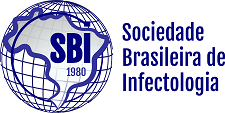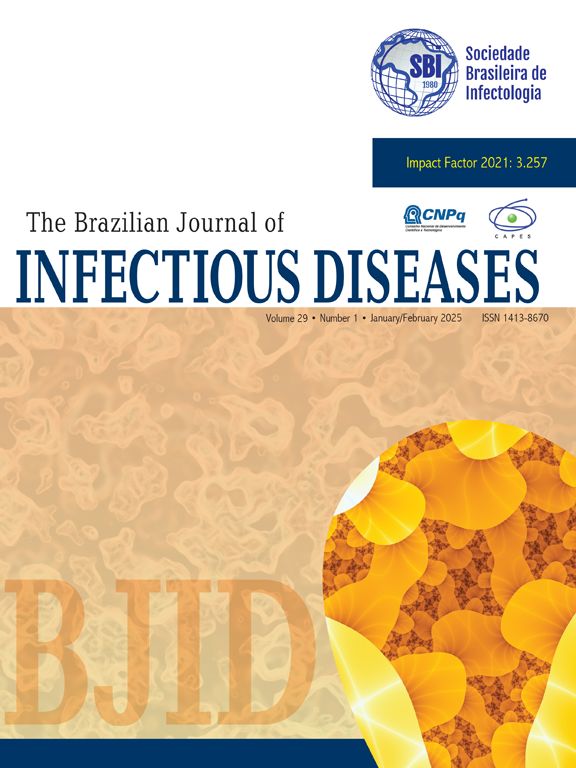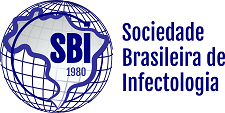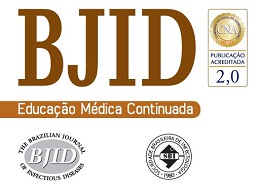AIDS-related lymphomas (ARL) present high biological heterogeneity. For better characterization of this type of lymphoma, the objectives of the present study were to evaluate the expression of immunohistochemical markers of cell differentiation (CD10, Bcl-6, MUM-1) and determine cell origin profile according to Hans’ classification of diffuse large B-cell lymphoma in AIDS patients. This study included 72 consecutive patients with ARL diagnosed at the University Hospital, Universidade Federal do Rio de Janeiro (UFRJ) and at the Brazilian Instituto Nacional de Câncer (INCA) from 2000 to 2006. The morphologic distribution of the lymphomas was the following: 61% were diffuse large B-cell lymphomas (DLBCLs), 15% were Burkitt's lymphomas, 13% were plasmablastic lymphomas, 10% were high-grade lymphomas and 1% was follicular lymphoma. The positivity for each immunohistochemical marker in DLBCLs, Burkitt's lymphoma and plasmablastic lymphoma was respectively: CD20, 84%, 100%, and 0; CD10, 55%, 100%, and 0; Bcl-6, 45%, 80%, and 0; MUM-1, 41%, 20%, and 88%. A higher positivity of CD20 (84% × 56%, p=0.01) was found in DLBCL compared to non-DLBCL; in Burkitt's lymphomas a higher positivity of CD10 (100% × 49%, p=0.04) and Bcl-6 (80% × 39%, p=0.035) were found compared to non-Burkitt's lymphomas. Germinal center (GC) profile was detected in 60% of DLBCLs. Our study suggests particular findings in ARL, as the most frequent phenotype was GC, different from HIV-negative patients.
The Impact Factor measures the average number of citations received in a particular year by papers published in the journal during the two preceding years.
© Clarivate Analytics, Journal Citation Reports 2025
SRJ is a prestige metric based on the idea that not all citations are the same. SJR uses a similar algorithm as the Google page rank; it provides a quantitative and qualitative measure of the journal's impact.
See moreSNIP measures contextual citation impact by wighting citations based on the total number of citations in a subject field.
See more




